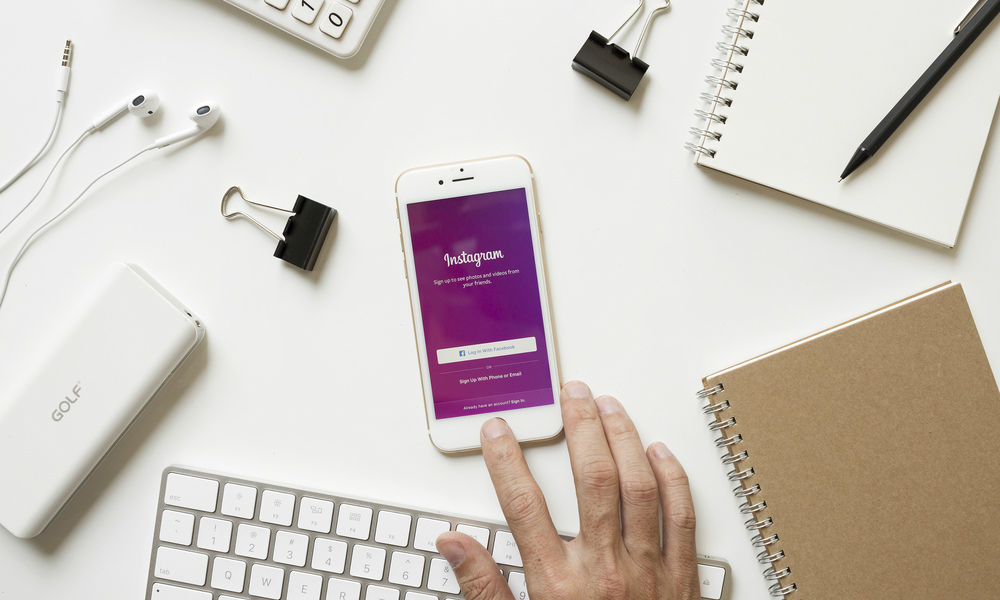Instagram’s looking to up their eCommerce game with the addition of new shoppable tags in photos.
Just as it sounds (and as shown in the above image), on photos from selected retailers, users will now see a “Tap to view products” tag in the bottom left of the image. Once tapped, a new set of tags will appear overlaid on the post denoting products and their prices. Users can then tap to find out more information, taking them to a specific product page for each item. And if you want to make a purchase, you can tap through to be linked to the relevant product page on the web.
It’s a simple, effective way to encourage more shopping behavior on the app, and is very similar to how Pinterest is going about boosting product discovery options on their platform, with their visual search functionality — through that works based on image recognition and visual matching, not with brands directly.
The scope of Instagram’s tool is less ambitious, at least at this stage, and more individually focused. Only selected partners (16 of them) are able to utilize the new tools, and they need to work with Instagram’s team to upload the relevant images, with Instagram looking to expand the option more widely after initial tests.
Another area where Instagram isn’t in line with Pinterest is in terms of on-platform purchases. As noted, the new option links you off to the relevant product page on the web and Instagram says they’re not looking to enable in-app buying yet, which Pinterest is doing with their Buyable Pins. This is another area that Instagram may build upon in future, but at present, the platform is only focused on enhancing the advertiser experience — as noted by TechCrunch:
“Instagram won’t take a cut of purchases, and instead plans to monetize the product by later allowing brands to pay to show their shoppable photos to people who don’t follow.”
The most significant benefit the new option could provide is in avoiding having to write the dreaded “link in bio” note in the post caption to connect potential customers to more information about your products. Instagram doesn’t currently allow links within posts, the only URL brands can utilize is the bio link, which has lead to many brands regularly switching up that link and re-directing customer queries to it in an awkward workaround. “Link in bio” seems more and more out-dated every day as the platform evolves further, but it’s widely used across the network.
Shoppable tags would reduce the need for this makeshift solution, immediately improving the user experience, while the non-intrusive, ‘click for tags’ design of the function seems to fit with the wider, aesthetic focus of the app — i.e. you’re not going to suddenly see a raft of images popping up with price tags hanging from every product (you can only enter five tags per post either way).
Given this, the shift towards more eCommerce options makes sense for Instagram. Adding to that, research conducted by Instagram found that 60% of Instagrammers learn about products and services on the app, while 75% take actions like visiting sites, searching, or telling a friend after being influenced by a post on Instagram. It’s clear that the platform is already playing a role in the product discovery process — making it easier, by reducing the amount of web searching and off-platform linking required is good for both advertisers and users.
Product tags will be made available to a group of iOS users in the US initially, with a wider rollout coming in the near future.
